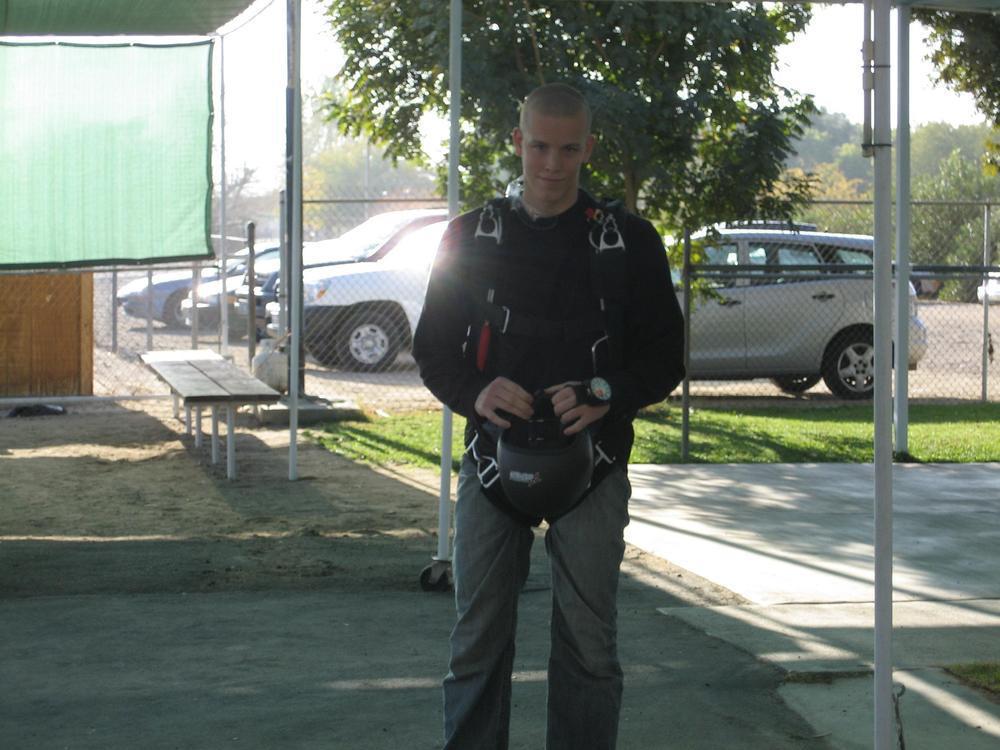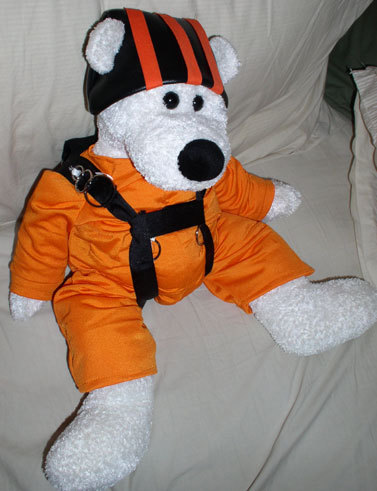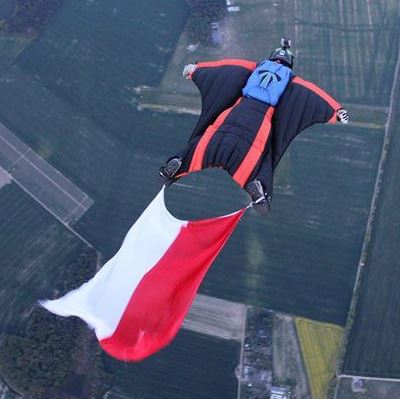Recommended Posts
JanuszPS 0
No doubt that there are... no doubt.
And so what? I have no problem with that.
there always are people around with lots of talent requiring less training.
Janusz
And so what? I have no problem with that.
there always are people around with lots of talent requiring less training.
Janusz
Back to Poland... back home.
QuoteNo doubt that there are... no doubt.
And so what? I have no problem with that.
there always are people around with lots of talent requiring less training.
Janusz
My point is don’t let the electronic gismos get in the way of you learning how to skydive.
Sparky
My idea of a fair fight is clubbing baby seals
JanuszPS 0
My point is: digits don't lie, otherwise I'm changing profession ![]()
They're great point of reference for comparison or training
janusz
Back to Poland... back home.
hookitt 0
QuoteMy point is: digits don't lie, otherwise I'm changing profession
They're great point of reference for comparison or training
janusz
What don't they lie about? Fall rate? The 45 mentioned above is likely very false. You can't flare out of a track and slow down to 45 in normal skydiving clothing.
Your fall rate isn't going to tell you how fast you're going horizontally. You can fall pretty slowly and be fairly stalled out. Your horizontal speed won't be as good as it could be.
Using it as comparison would only be useful in conjunction with an accurate GPS.
My grammar sometimes resembles that of magnetic refrigerator poetry... Ghetto
JanuszPS 0
digits=comparison if alti installed in similar location obviously with some simplifications, that's what I meant. I'm not talking about very accurate and theoretical aspects of the true or false value. Also agree, that you might have different forward speeds but very often the slow vertical translate to horizontal in track. We speak about track and that means an intentional forward motion in order to gain distance in common sense.
If I say I track for X+ s from 4000 m and with average Y km/h speed that gives some indication (by common sense) to almost everybody.
Happy Xmass
janusz
If I say I track for X+ s from 4000 m and with average Y km/h speed that gives some indication (by common sense) to almost everybody.
Happy Xmass
janusz
Back to Poland... back home.





I have no Idea. I track very fast and couldn't even begin to guess my fall rate. I could show you how to go fast horizontally and the fall rate would just settle in where it does.
You need to invest in more electronic number generators then you would know what your numbers are.
Sparky
Share this post
Link to post
Share on other sites